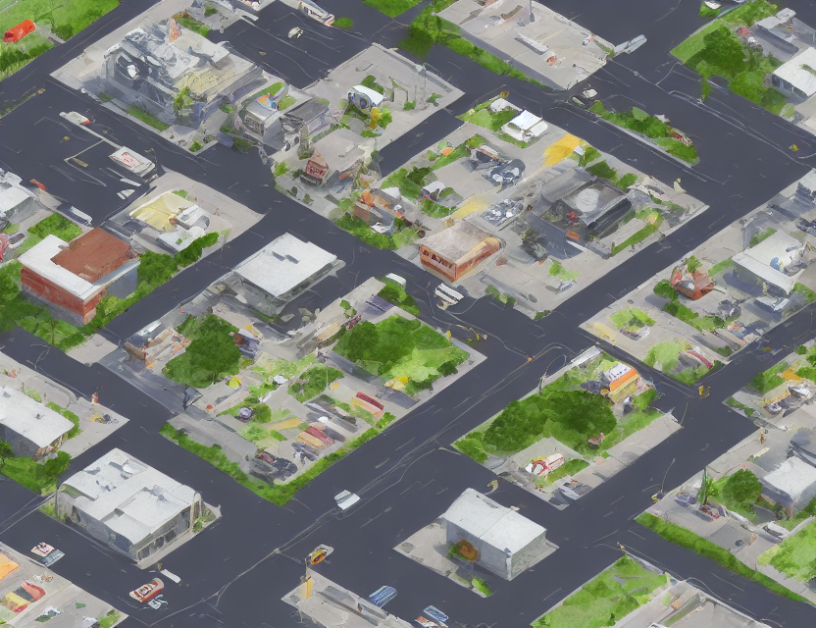In this article, we explore the challenges of collecting and processing data in mobile crowdsensing applications, where a large number of devices generate data that needs to be processed in real-time. The authors propose a solution based on publish/subscribe middleware, which enables efficient communication between producers (device owners) and consumers (data analysts).
The authors explain that traditional centralized approaches are not suitable for mobile crowdsensing due to the massive amount of data generated and the need for real-time processing. They propose a decentralized approach based on publish/subscribe middleware, which allows producers to publish data to a distributed broker, and consumers to subscribe to specific topics of interest.
The authors highlight the importance of developing filtering mechanisms to reduce the transmission of unnecessary information. They propose several techniques for filtering data, such as using trust-based filtering, where only data from trusted sources is transmitted, or quality-based filtering, where data with high quality is prioritized.
The authors also discuss the need for location-based services in mobile crowdsensing applications. They propose a collaborative architecture that enables nodes in the same physical area to share data, reducing the amount of data that needs to be transmitted between distant nodes.
To address the scalability challenges of publish/subscribe middleware, the authors propose a distributed architecture that uses a hierarchical approach for filtering and processing data. They also discuss the use of context-aware technologies, such as location-based services, to improve the efficiency of data processing.
In conclusion, the article provides a comprehensive overview of the challenges and solutions for mobile crowdsensing applications using publish/subscribe middleware. The authors propose several techniques for filtering and processing data in real-time, while ensuring scalability and efficiency. The use of context-aware technologies and decentralized architecture can help improve the performance of mobile crowdsensing systems, enabling real-time data analysis and decision-making in a variety of applications.
Computer Science, Networking and Internet Architecture
Verifying Authenticity of Location Claims in Certified Notifications



